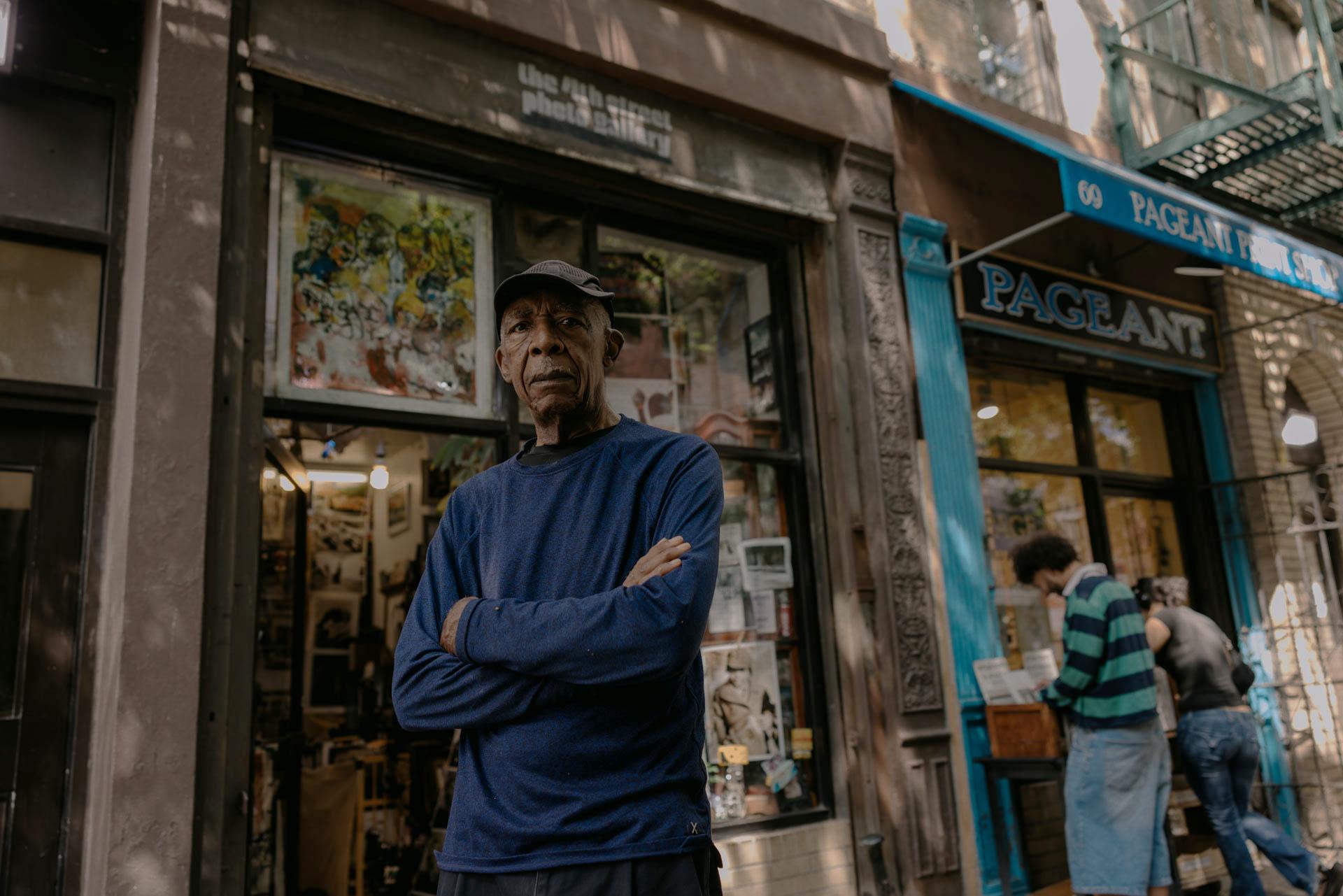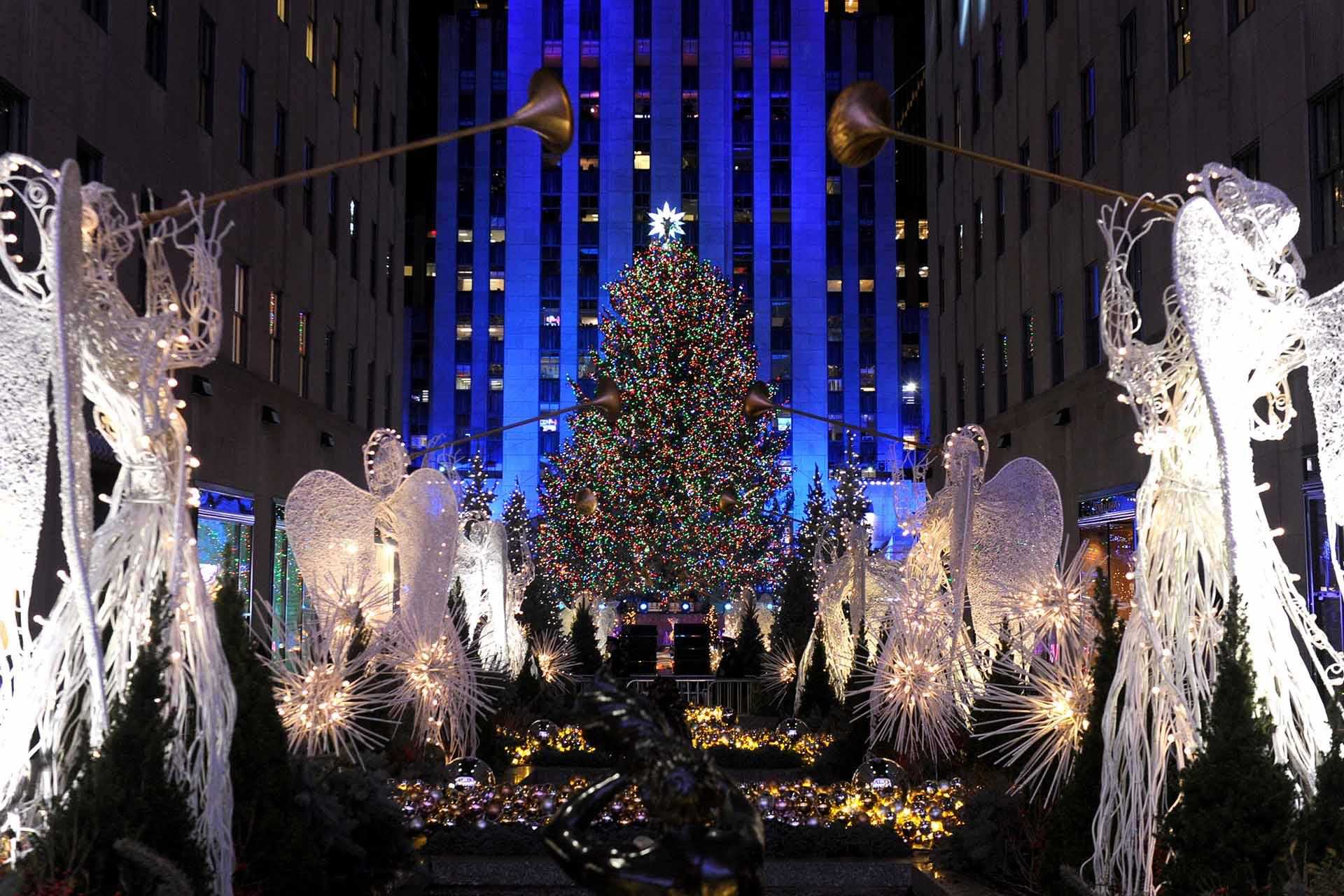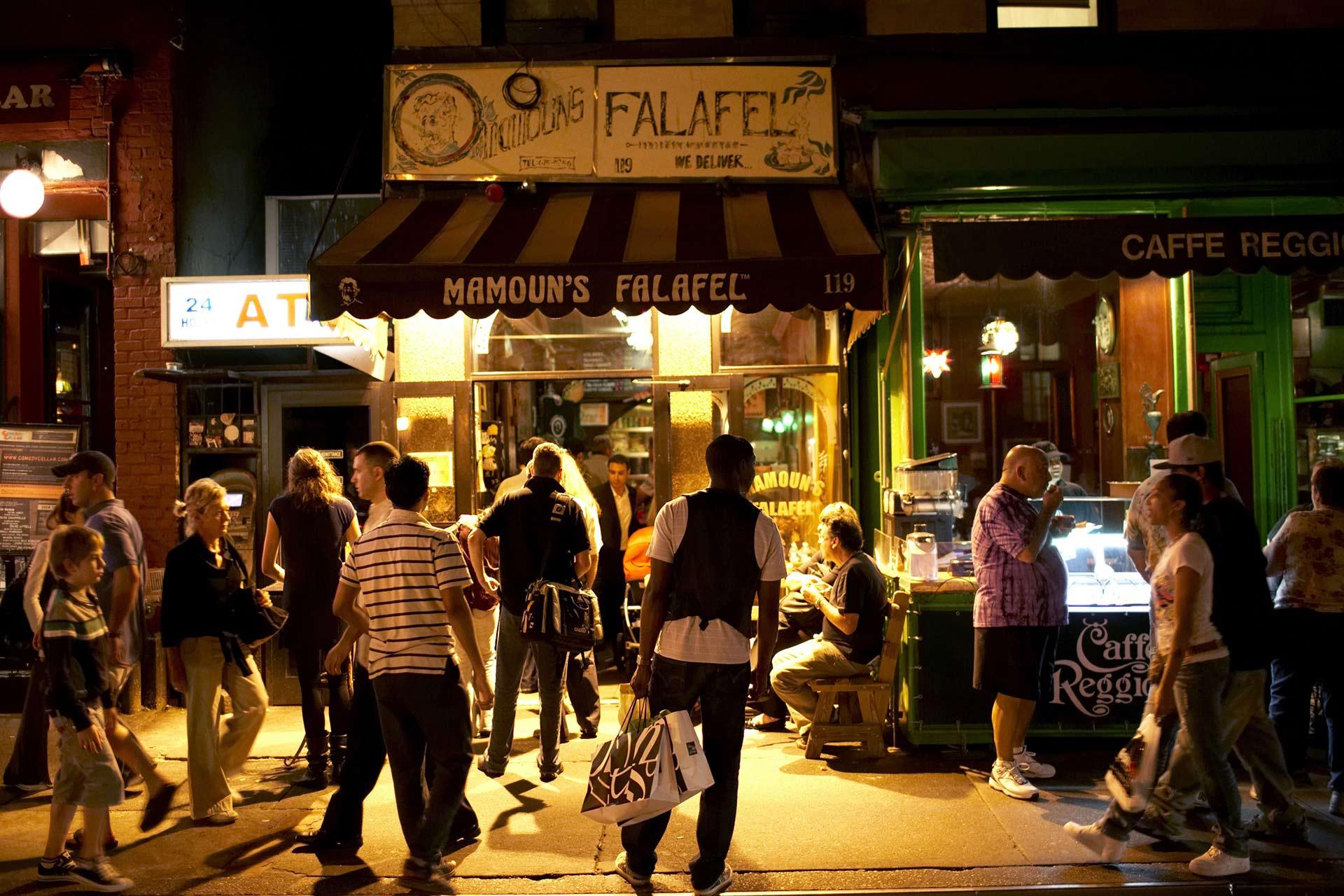As you probably know, The Metropolitan Museum of Art is kind of a big deal. Not only is the institution impossibly large, it has one of the most well-curated collections of art and artifacts anywhere in the world—spanning 5,000 years of history—including paintings, sculptures, architecture, armor, instruments and costumes.
But it wasn’t always one of the City’s most-visited cultural attractions. The Met was founded in 1870 by a group of financiers and artists who wanted to create a fine-arts museum in America. After several location changes, it settled in its current spot in 1880, in Central Park on the Upper East Side, and continued to expand. For the first two decades, it was frequented mainly by the nonworking upper classes due to its hours, which coincided with the workday. The museum eventually extended its hours to include Sundays, and by the early 20th century it quickly became a popular place for the public.
Since then, the neoclassical-style building has become a universal draw for art lovers, containing works from all over the world. And even though the institution has two additional branches, The Met Cloisters and The Met Breuer, it is The Met Fifth Avenue that is the bedrock of the New York City behemoth.
But before you dive head first into the international treasure trove, you have to know that it’s big. Like, 2 million square feet big. With five stories and more than 2 million works in its permanent collection, it’s hard to see everything in a few hours, let alone a few days. Our guide is here to help you not get lost in the massive museum. (Oh, and maybe see some art, as well.)

Photo: Kate Glicksberg
Where is it?
1000 Fifth Avenue. The entrance is up the outdoor stairs on the west side of Fifth Avenue at East 82nd Street. Wheelchair-accessible entrances are at Fifth Avenue and East 81st Street and through the parking garage at Fifth Avenue and East 80th Street. The museum spans four city blocks so, trust us, you’ll have no problem finding it.
How do I get there?
The closest subways are the 4, 5 and 6 trains to 86th Street or the 6 train to 77th Street. From there, walk west from Lexington Avenue to Fifth Avenue and north or south to 82nd Street.
How much is admission?
Access to the museum is pay-what-you-wish for New York State residents, as well as for students from New York, New Jersey and Connecticut. Visitors from outside New York State are required to pay a fixed fee ($25 for adults, $17 for seniors 65 and over, $12 for students), while admission for children under 12 is free. Full-priced tickets allow access for three consecutive days to each of the museum’s three locations: The Met, The Met Breuer and The Met Cloisters. The tickets for New York State residents and tristate-area students allow same-day entry to all three Met locations.

Photo: Christopher Postlewaite
What can’t I miss?
The Temple of Dendur: Wind through sphinxes, coffins and hieroglyphics in the museum’s extensive Egyptian Art collection to the Temple of Dendur in the Sackler Wing. The airy room features slanted floor-to-ceiling windows that offer stunning views of Central Park. The restored temple from Nubia (originally built about 15 BC) is in the center of the room, set on a platform surrounded by still water.
Medieval Sculpture Hall: The European Sculpture and Decorative Arts section includes approximately 50,000 works of art, ranging from the 15th century to the early 20th century. Among the most impressive displays is the Medieval Sculpture Hall, with a tall Spanish choir screen, tapestries and religious sculptures.
European Sculpture, 1700–1900: This narrow hall, filled with natural light, contains large marble and bronze sculptures by the likes of Rodin and Canova. Extra bonus: you can see the red brick facade of the museum’s original building on the northern wall.
Period rooms: Visit 18th-century European rooms like the Varengeville Room or the Bedroom from the Sagredo Palace in the European Sculpture and Decorative Arts section. Also, don’t miss the Frank Lloyd Wright Room, reconstructed from an early-20th-century Minnesota home, in the American Wing, or the 16th-century patio from the Spanish castle of Vélez Blanco.

Photo: Christopher Postlewaite
American Wing: Be sure to see Tiffany Studios’ Autumn Landscape stained-glass window, the neoclassical sculptures and the facade of the Branch Bank of the United States, with 19th-century American period rooms inside.
The Astor Chinese Garden Court: Take a breather in this peaceful respite in the middle of the Asian Art wing. The indoor courtyard was modeled after a well-known 17th-century garden in Suzhou, China, and was built using traditional tools by locals from the city.

Photo: Christopher Postlewaite
Art of Arab Lands, Turkey, Iran, Central Asia and Later South Asia: The galleries in this section debuted to accolades in 2011. The revised focus on Islam showcases the full course of its civilization and influence in the form of tiles, religious objects, jewelry, arms, carpets and more carpets. Don’t miss the bright blue Mihrab (Gallery 455) and the Damascus Room (Gallery 461) reconstructed from an 18th-century Syrian home.
European Paintings: This large wing, among the museum’s most-visited sections, contains art from the 13th through 19th centuries with works from artists like Botticelli, Caravaggio, Rembrandt, Fragonard, Manet, Monet, Degas and Cézanne. No biggie.
The Iris and B. Gerald Cantor Roof Garden (mid-April–October): Visit the roof on the fifth floor to see the annual site-specific installation with a Central Park skyline view and full bar. Past exhibits have included works by Cornelia Parker, Pierre Huyghe and Dan Graham.
Other Standout Artworks
Washington Crossing the Delaware, by Emanuel Leutze (Gallery 760)
Panoramic View of the Palace and Gardens of Versailles, by John Vanderlyn (Gallery 735)
The Little Fourteen-Year-Old Dancer, by Edgar Degas (Gallery 815)
Wheat Fields with Cypresses, by Vincent van Gogh (Gallery 822)
Manuel Osorio Manrique de Zuñiga, by Goya (Gallery 612)
Madame X, by John Singer Sargent (Gallery 771)
Young Woman with a Water Pitcher, by Johannes Vermeer (Gallery 632)
Madonna and Child, by Duccio di Buoninsegna (Gallery 625)
Is there anywhere to eat?
There are plenty of options. The Cafeteria is probably your best bet for a quick, cheap lunch. Petrie Court Café, American Wing Café, The Great Hall Balcony Café and The Great Hall Balcony Bar are all great casual options as well. The Cantor Roof Garden Bar is open for libations and light food from mid-April through October.
Fast Facts
• The museum’s first acquisition was a Roman marble sarcophagus in 1870.
• It was the world’s first public museum to acquire a work of art by Henri Matisse.
• The Met was briefly moved downtown to the Douglas Mansion on 14th Street in 1880.
• The Medieval Art galleries sit in the current location’s original Gothic-Revival–style building; you can still see its arches and staircases.
• The Astor Chinese Garden Court, created for the museum in 1981, was the first of its kind built outside China.
• Among the many popular film and TV shows that have featured The Met are When Harry Met Sally, Gossip Girl and The Thomas Crown Affair.
• The museum is the setting for the beloved children’s book From the Mixed-Up Files of Mrs. Basil E. Frankweiler.
• The Met’s three locations hosted a total of nearly 7.4 million visitors in 2018.






